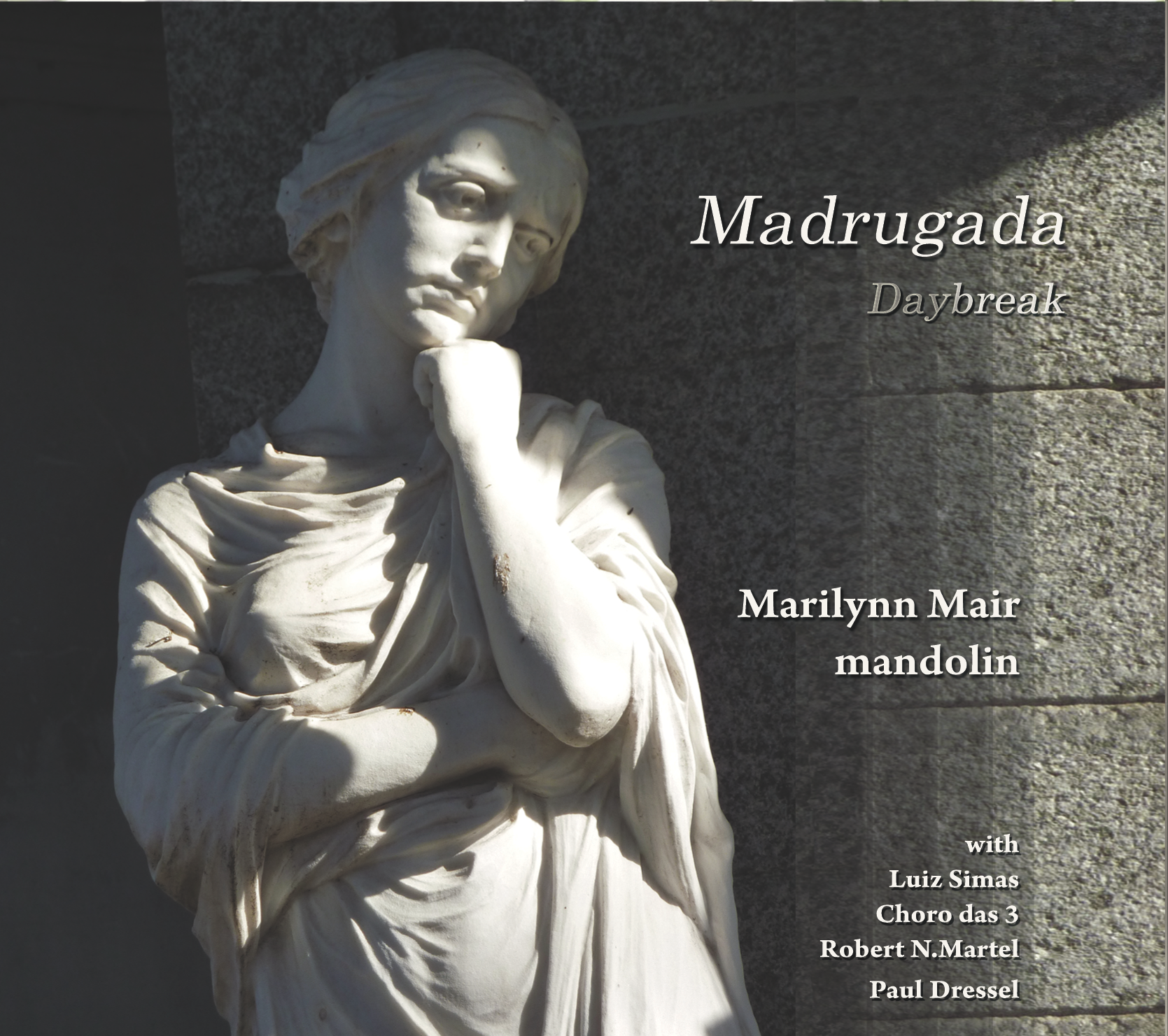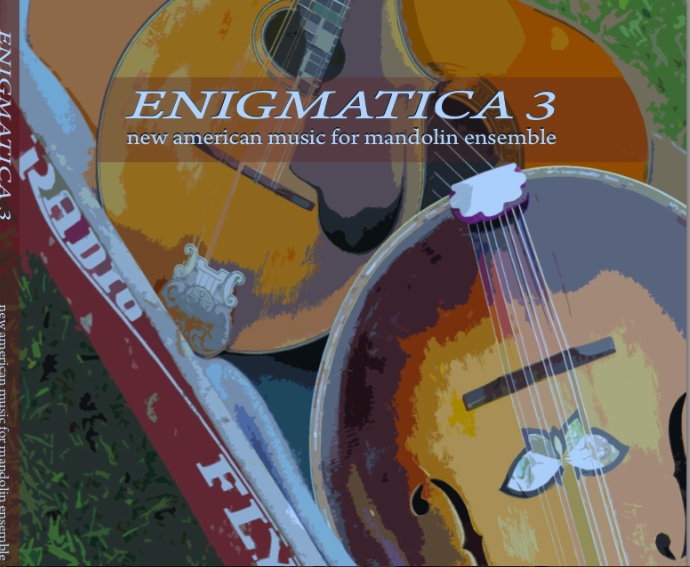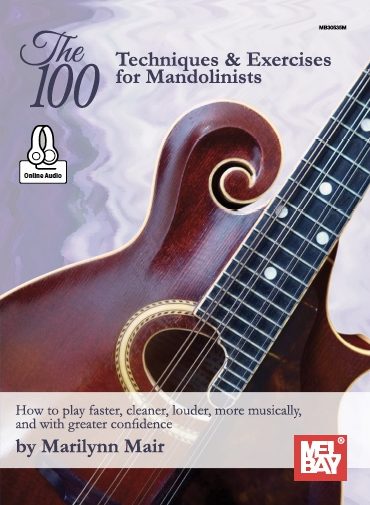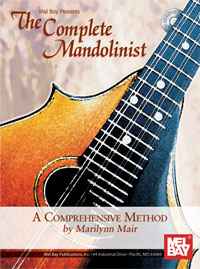Bring a talented ensemble of gifted musicians together playing some of the great concertos and chamber music pieces of the 1700s, present the extraordinary classical mandolinist Marilynn Mair front and center, and you have a rare combination of the right musicians performing the right music at the right time.
– David McCarty, Mandolin Magazine (USA)
"The final repeat of the melody transmitted a strong feeling of peace and tenderness that escaped no one in the audience. It is this sensitivity and subtleness that characterized the overall performance."
- Brian Hodel, Guitar Review (USA)
"Mair displays an exceptionally gifted approach to this music, using her formidable mandolin technique with grace and sensitivity… It’s the next best thing to a trip to Rio."
– David McCarty, Mandolin Magazine (USA)
"Marilynn Mair has always had the keen ability to balance classical mandolin traditions and repertoire, while constantly breaking new musical ground…a superb and versatile mandolinist and composer."
- – Butch Baldassari, Mandolin Magazine (USA)
"A lovely concert! We estimate your spell-bound and enthusiastic audience at close to 1800 people…"
- Lincoln Center Out-Of-Doors (USA)
"Marilynn Mair performs Brazilian mandolin music... she plays the mandolin as an instrument for all occasions."
– Vaughn Watson, The Providence Journal (USA)
"Smudging the lines between folk and classical is an intrepid endeavor... Mair's a superb mandolin player who has brought the instrument to unexpected places..."
- Jim Macnie, The Providence Phoenix (USA)
"Mair travels by mandolin to Brazil and brilliance... her commitment to the music shines through."
- Rick Massimo, The Providence Journal
"Marilynn Mair é uma bandolinista americana de formação erudita"
-- Paulo Eduardo Neves, Agenda do Samba Choro (Brasil)
"A sparkling concert… absolutely brilliant!"
– Guitar Magazine (England)
"She’s a fabulous player with a wonderfully clear and lyrical sound."
– The Ottawa Citizen (Canada)
"A brilliant concert from beginning to end…The performance was extraordinary."
– La Rioja (Spain)
"Marilynn Mair acquits herself very well indeed, a most accomplished player, able to deal with the many intricacies the repertoire demands of her."
- Chris Kilvington, Classical Guitar (England)
Marilynn Mair on mandolin...touches the deepest and most engaging reaches of the ancient and passionate 'Latin soul'.
- Carlos Agudelo, Billboard Magazine
"Marilynn Mair lives up to her reputation as an excellent mandolinist, with clear tone, a beautiful tremolo, and creative expressiveness."
– Zupfmusik Magazin (Germany)
"Mair is unstoppable… capable of evoking any landscape, past or present, you’d care to conjure."
– Mike Caito, Providence Phoenix (USA)
"Stepping back to the 18th-century masterworks gave her the opportunity to highlight her technique with a fresh light... her playing is thoughtful, vibrant and a delight to listen to."
-- Terence Pender, Mandolin Quarterly (USA)





